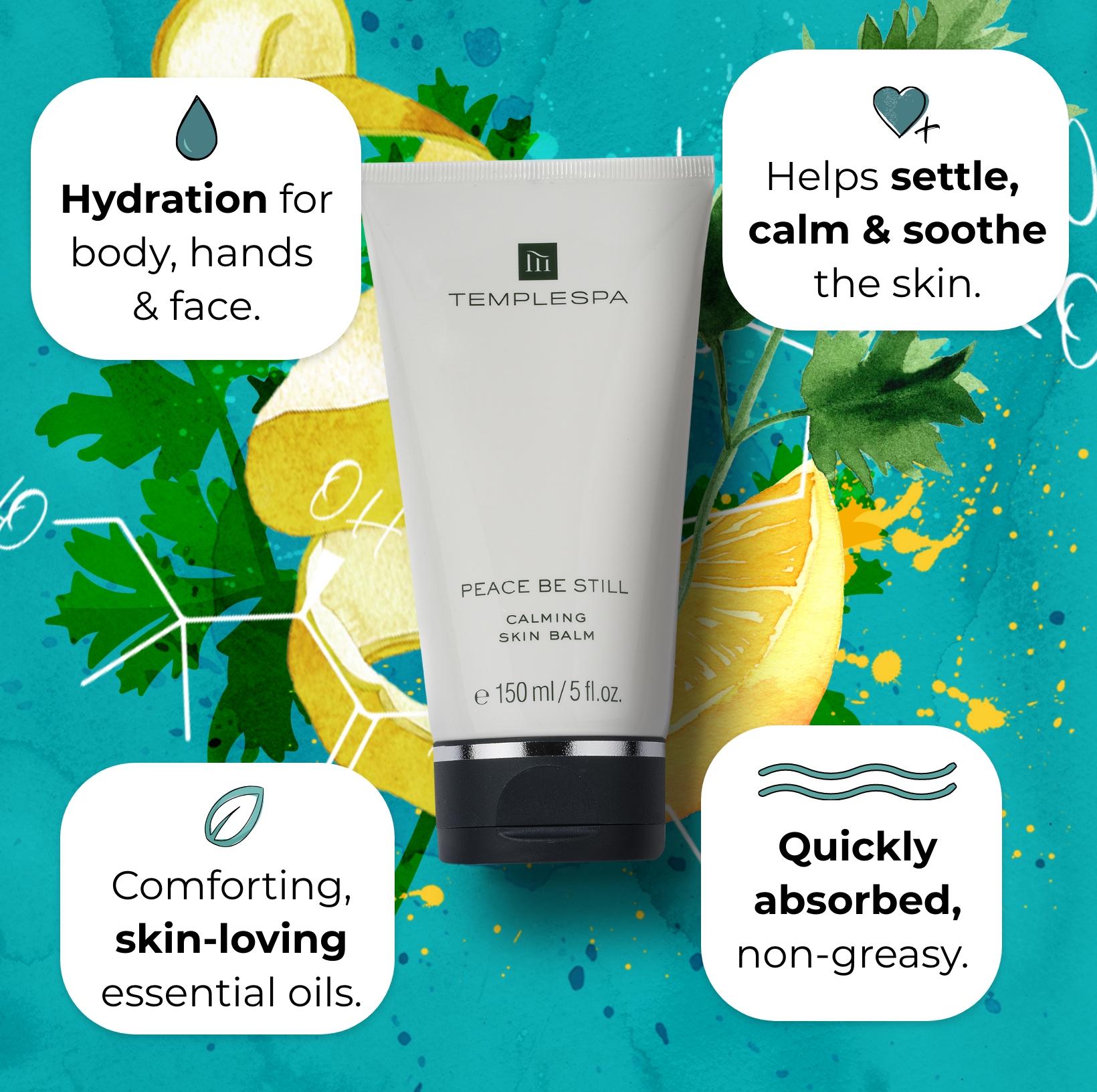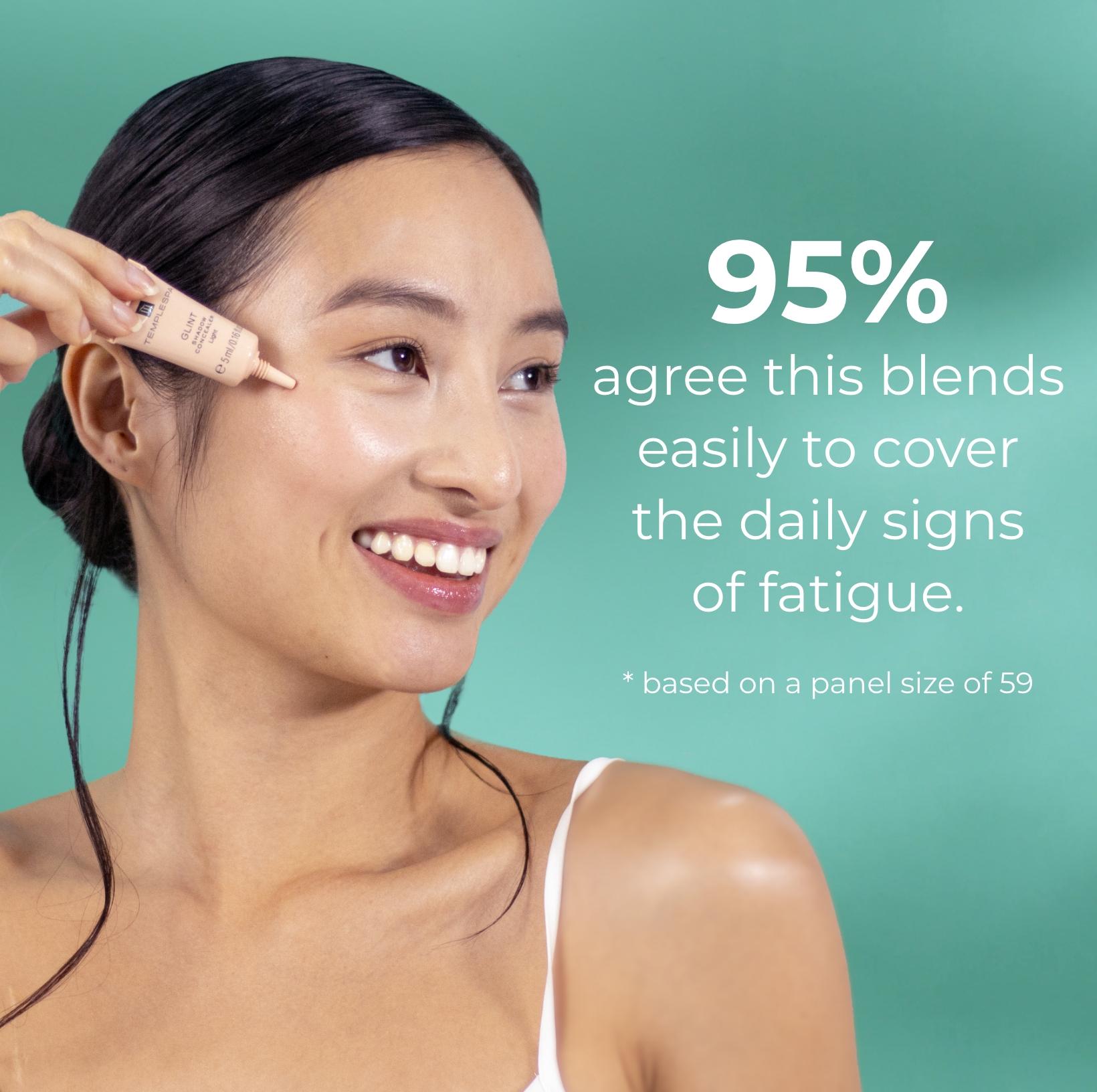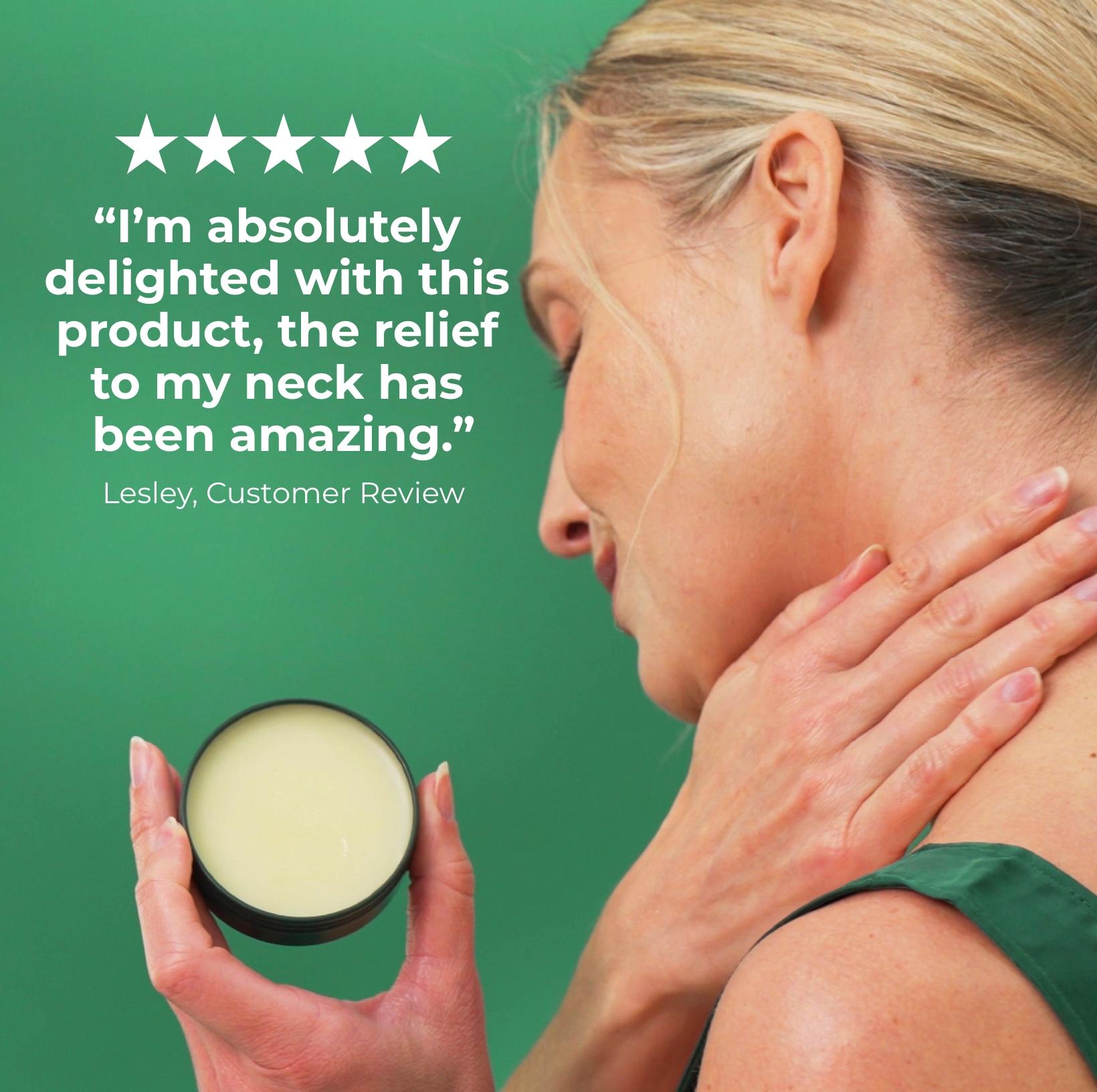Sunscreen may be a staple in our summer skincare regime but how many of us really understand what we are slathering on our skin? You will have been told before that sun cream should be a year round essential but to listen to that advice you need to understand what exactly sunscreen is and what it is protecting you against. We’re here to break down the basics of sun cream but if you have any burning questions around this topic, let us know!
What does the SPF number represent?


As you all know SPF stands for Sun Protection Factor but what exactly does that number mean? What may surprise you is that a higher SPF number doesn’t necessarily mean more protection. SPF is a measure of a sunscreen's ability to prevent UVB from damaging the skin. The SPF rating is calculated by comparing the amount of time it would take to burn your skin when it’s unprotected compared to when you’re wearing sun cream. If it takes 20 minutes for your unprotected skin to start turning red, using an SPF 25 sunscreen theoretically prevents reddening 25 times longer. Life Defence has an SPF rating of 25, which offers you 25 x longer protection.
The SPF number also refers to the amount of UVB rays that are blocked. SPF 15 will filter out approximately 93% of UVB and SPF 30 about 97%. Above factor 50 you start to get diminishing returns; SPF 50 only blocks about 1% more UVB rays than SPF 30 (SPF 50 blocks about 98%). No SPF can block 100% of UVB rays and higher SPF contain more chemicals so may irritate sensitive skin. For this reason SPF 25 or 30 is generally the recommended level of protection for everyday use.
UVA/UVB rays


SPF only applies to UVB rays, there is no equivalent rating for UVA rays. UVB rays are the short-wave burning rays (think B for burn) and UVA rays (long-wave) are linked to deeper skin damage and ageing (think A for ageing). UVA radiation can penetrate glass and clouds and are present all year round. Both types of UV light can cause cancer. A broad spectrum sunscreen can protect you from both UVA and UVB rays.
Life Defence offers broad-spectrum SPF 25 to help protect against UVA & UVB damage.
Chemical vs physical SPF


There are two types of sun cream: physical (mineral) and chemical. Physical sunscreens reflect the UV light whereas chemical sunscreens protect skin by using active ingredients that absorb the light preventing them from penetrating the skin. Hybrid sun creams contain a mixture of chemical and mineral filters which work together to protect skin from UV rays.
How to apply it


SPF is designed to protect skin and so it should always be the last product that you apply whether you are using a moisturiser with SPF or a separate SPF.
To ensure that you are getting the level of protection labelled on the bottle, you need to apply enough product and reapply consistently. For daily use you should apply about one teaspoon to your face and neck regardless of the weather and of the amount of time that you are spending outside. Incidental exposure accumulates and as UVA rays can penetrate through glass your skin will need to be protected while driving and also if you sit near a window at work.
It is best to apply your SPF 20-30 mins before you go out in the sun and to reapply throughout the day particularly if you are in water. When you are continuously exposed to the sun (such as when you on holiday or in summer) be vigilant about reapplying and take note of where you are applying the cream. Don’t forget your ears, hairline, scalp, fingers and toes.
We know that using SPF all year round seems like an unnecessary chore, especially when you look out the window to bleak, grey weather but remember this isn’t about whether you will get burned but about how the UVA rays that are currently penetrating through the clouds and your window are causing premature ageing and increasing your risk of skin cancer. An easy way to incorporate SPF into your daily routine is to use a morningtime moisturiser that includes SPF 25 or 30, no matter how busy our mornings get we always have time to quickly apply a moisturiser, right?
Life Defence is an innovative feather-light moisturiser with broad-spectrum SPF 25 to help protect against UVA & UVB damage, plus an anti-oxidant complex with rocket, vitamin E and hyaluronic acid which protect against skin-ageing free radicals, city pollution and daily stress.
Final Word


Hopefully that has cleared up any misconceptions about sun cream and unfortunately even dire UK weather doesn’t mean you can skip sunscreen, who would have thought that you’d be needing an umbrella and sun cream? We recommend using SPF 25 or 30 sun cream on a daily basis to protect your skin against unnecessary premature ageing and the risk of skin cancer. It also has the added benefit of reminding us of summer holidays every morning as we reach for our sunscreen.






